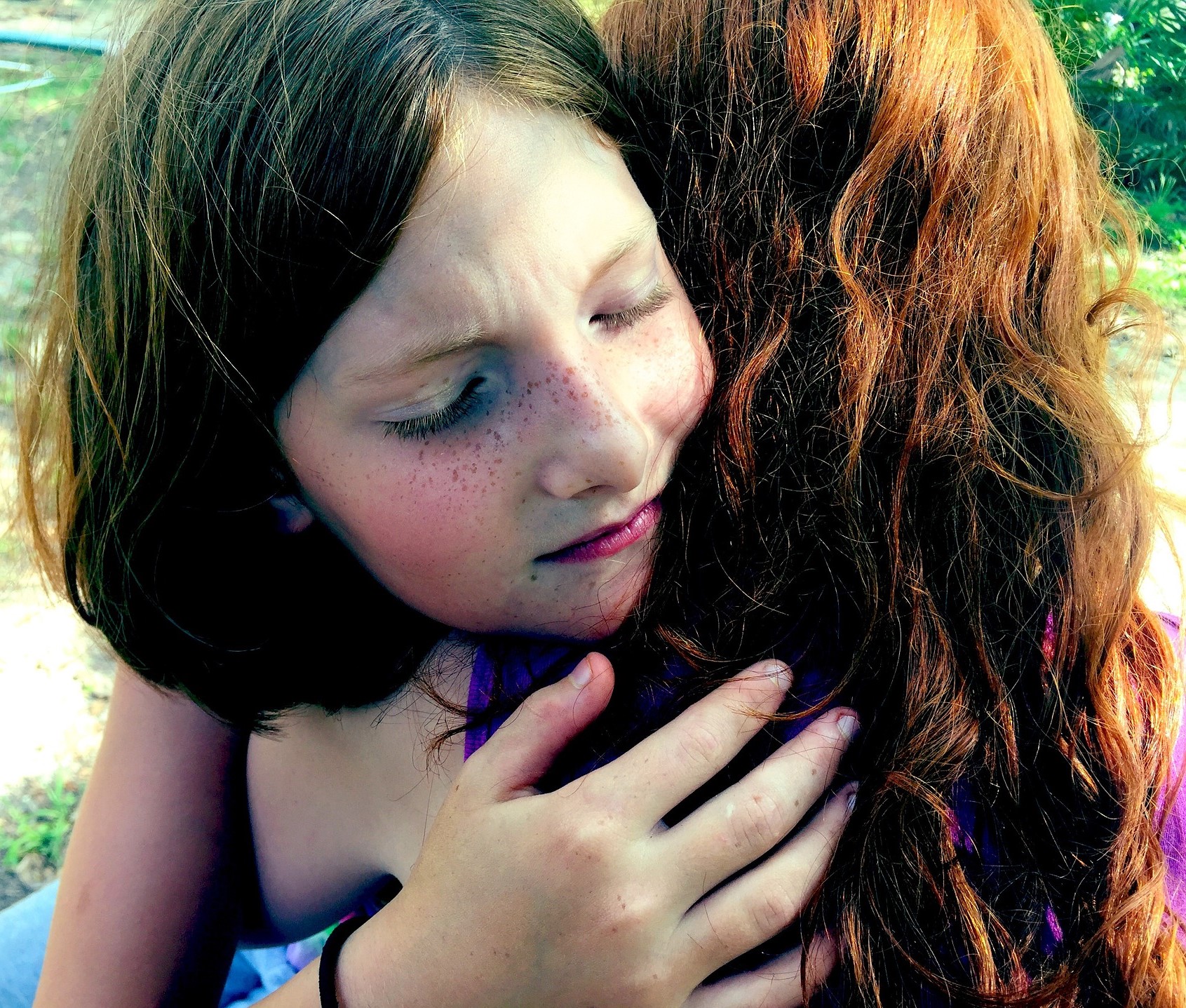Teenage Mental Health Statistics

“Statistics are people with the tears wiped away.” Dr. Irving Selikoff
According to Mental Health America (MHA), in 2017, 11 percent of youth aged 12 to 17 reported suffering from at least one major depressive episode in the past year. In addition, 1.8 million adolescents experienced severe depression. Over 64 percent of American youth with severe depression do not receive any mental health treatment, and within Virginia the figure is 76.4 percent. MHA defines consistent treatment as 7 to 25 or more mental health visits in a year. Nationally, less than 22 percent of adolescents with severe depression receive consistent treatment.
The National Alliance on Mental Illness (NAMI) estimates that 20 percent of youth aged 13 to 18 live with a mental health condition, including mood disorders (11 percent), a behavior or conduct disorder (10 percent) or anxiety (8 percent). According to NAMI and the National Institute of Mental Health (NIMH), students aged 14 and older with mental health conditions have the highest school dropout rate of any disability group, 37 percent. Similarly, 70 percent of the youth in America’s local and state juvenile justice systems have a mental illness.
Psychotic disorders, including schizophrenia and bipolar disorder, first appear most often in late adolescence and early adulthood. The Child Mind Institute and NIMH estimate that each year 100,000 Americans between the age of 15 and 25 experience an initial episode of psychosis. Early intervention with a combination of medication and other services is essential. With it, 52 percent will experience a full or partial functional recovery, as compared to 15 percent of those who receive typical treatment.
The adolescent brain does not finish developing until age 25. Understanding youth mental health better through education and programs that decrease stigma and increase the number of teenagers who seek treatment can and will change lives. There is hope, Cognitive-behavioral therapy, a form of psychotherapy, which modifies dysfunctional thoughts, behaviors and emotions, has been found effective for a wide variety of teenage mental health disorders. There should be no shame or blame since the biggest barrier to youth mental health is, in fact, silence. #MentalHealthMatters